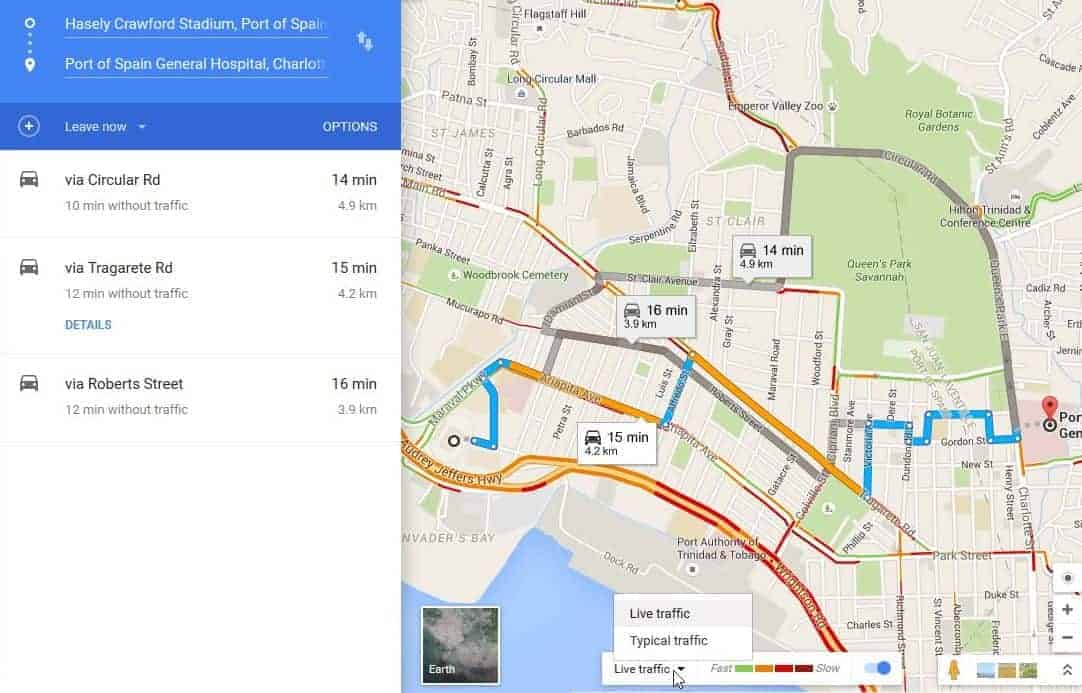

Today’s technology allows each of these devices to monitor several lanes of traffic at a time. Using a wireless data network the information is immediately transmitted back to a server where it’s formatted and forwarded to subscribers via the Internet. In all three types of devices, the time it takes for the energy to bounce back to the sensor is compared to data collected in an unobstructed field to determine the size and speed of the vehicle passing through it. Tiles come in many types including satellite, map, and overlay. Active infrared and laser radar sensors operate in a similar manner, using low power infrared energy and infrared beams to form detection areas. The Google Maps API loads what are referred to as tiles, as shown in Figure 1.

Mimicking that method, radar traffic sensors deploy a measureable area of microwave energy that is reflected back to the device when a vehicle passes through it. The technology employed by radar traffic sensors has been around since World War II, when it helped the military track enemy vessels in the air and at sea. There are several different types of traffic sensors available, but three above-ground types have become more common in recent years: radar, active infrared and laser radar.


 0 kommentar(er)
0 kommentar(er)
